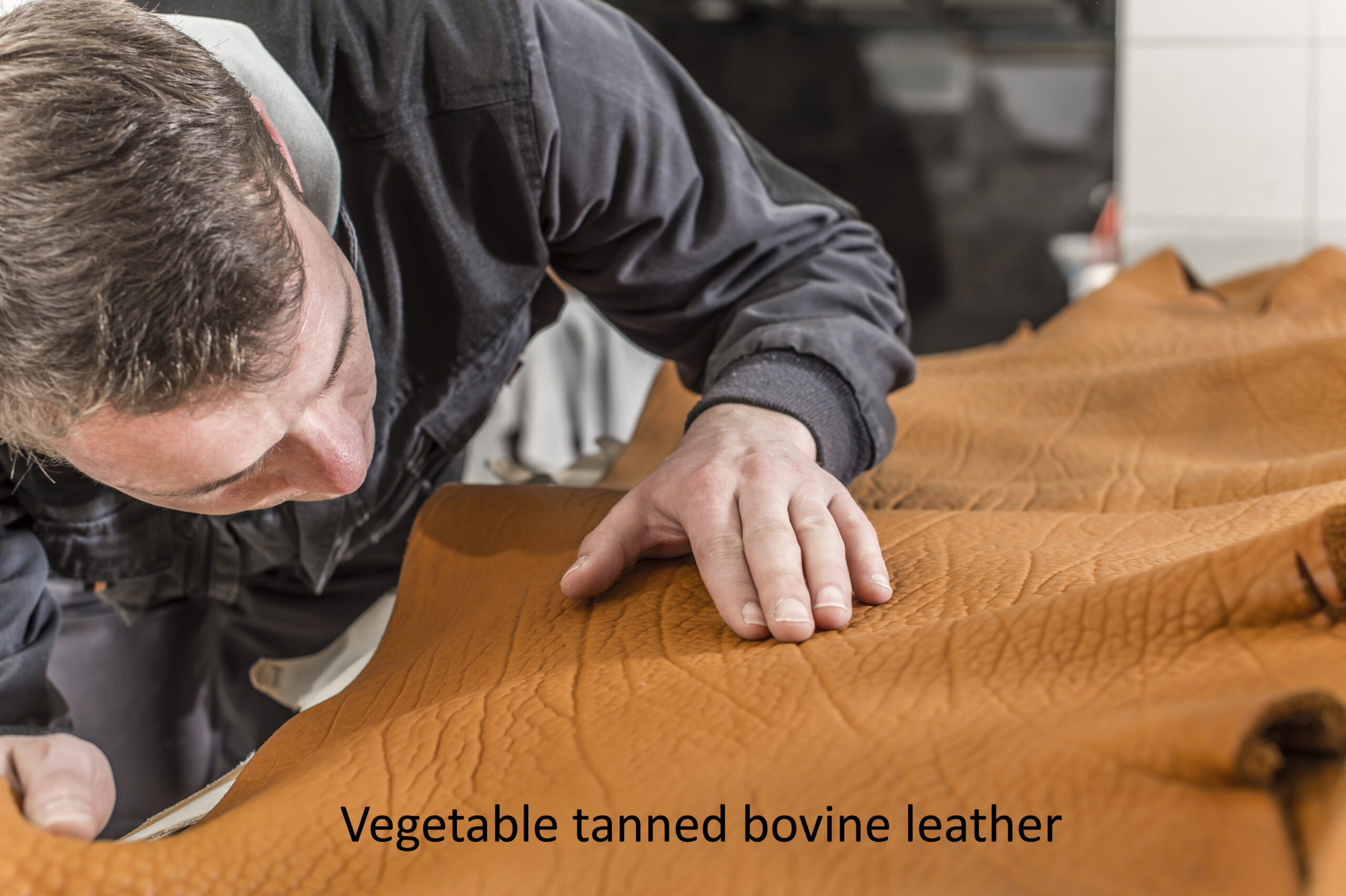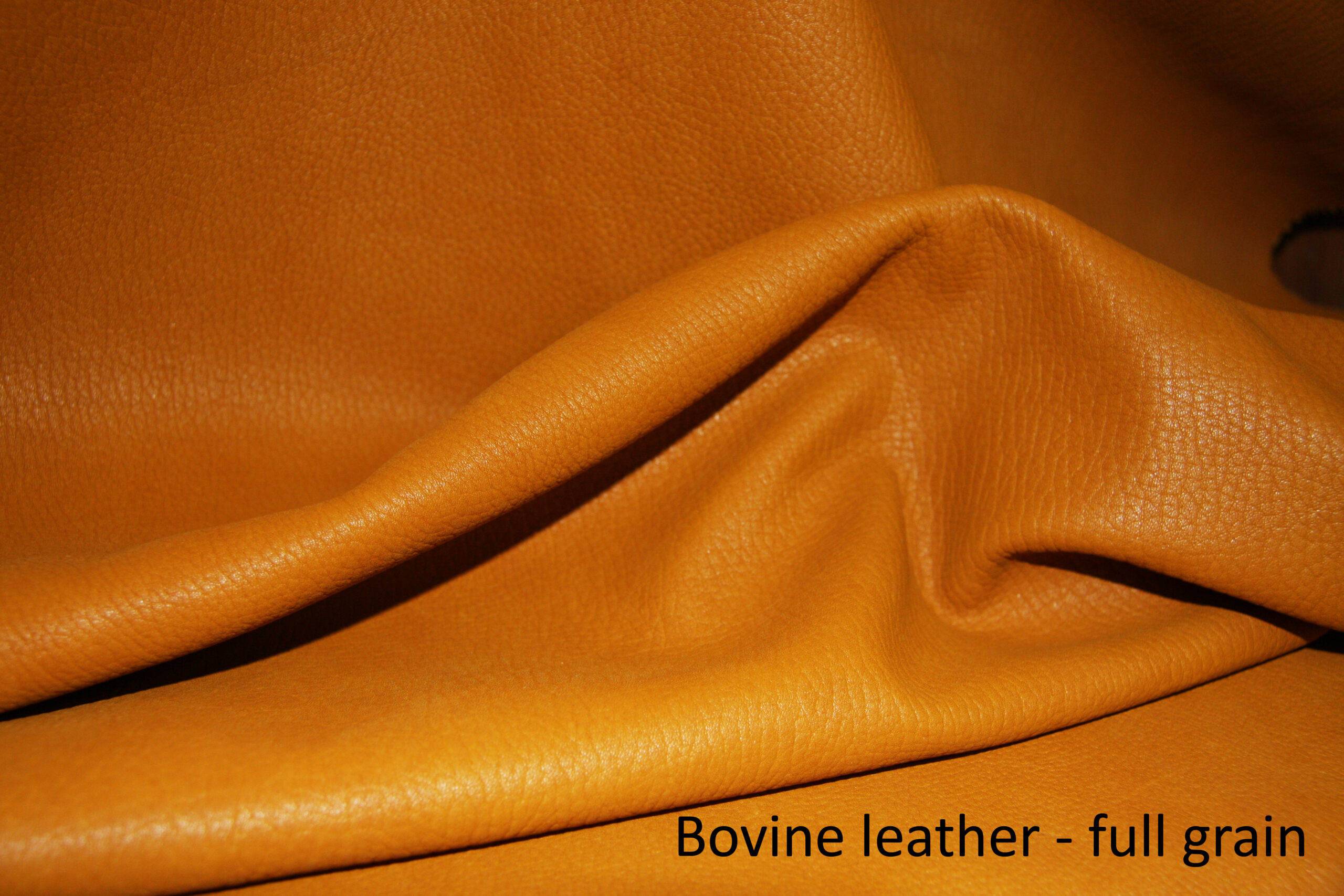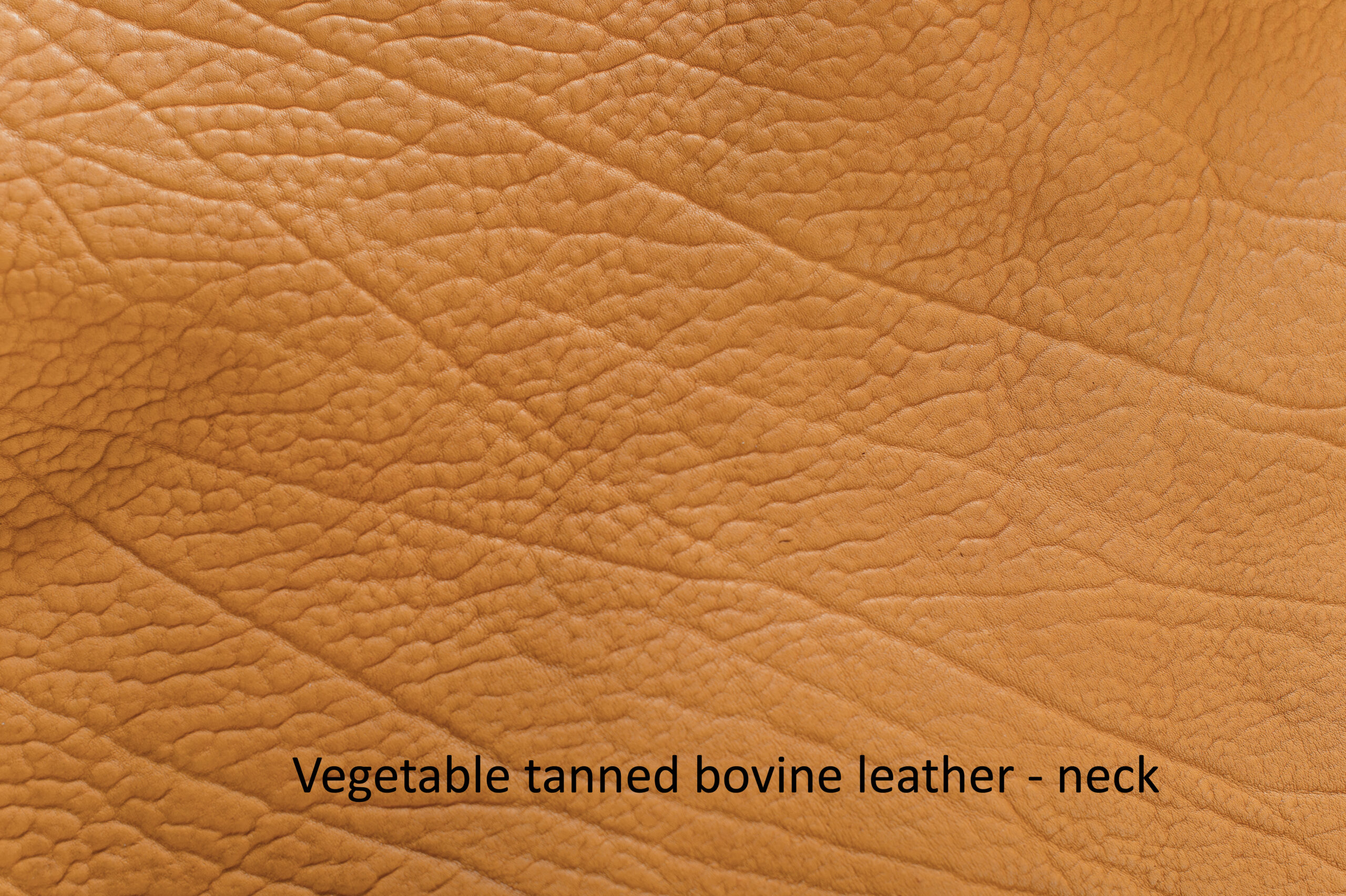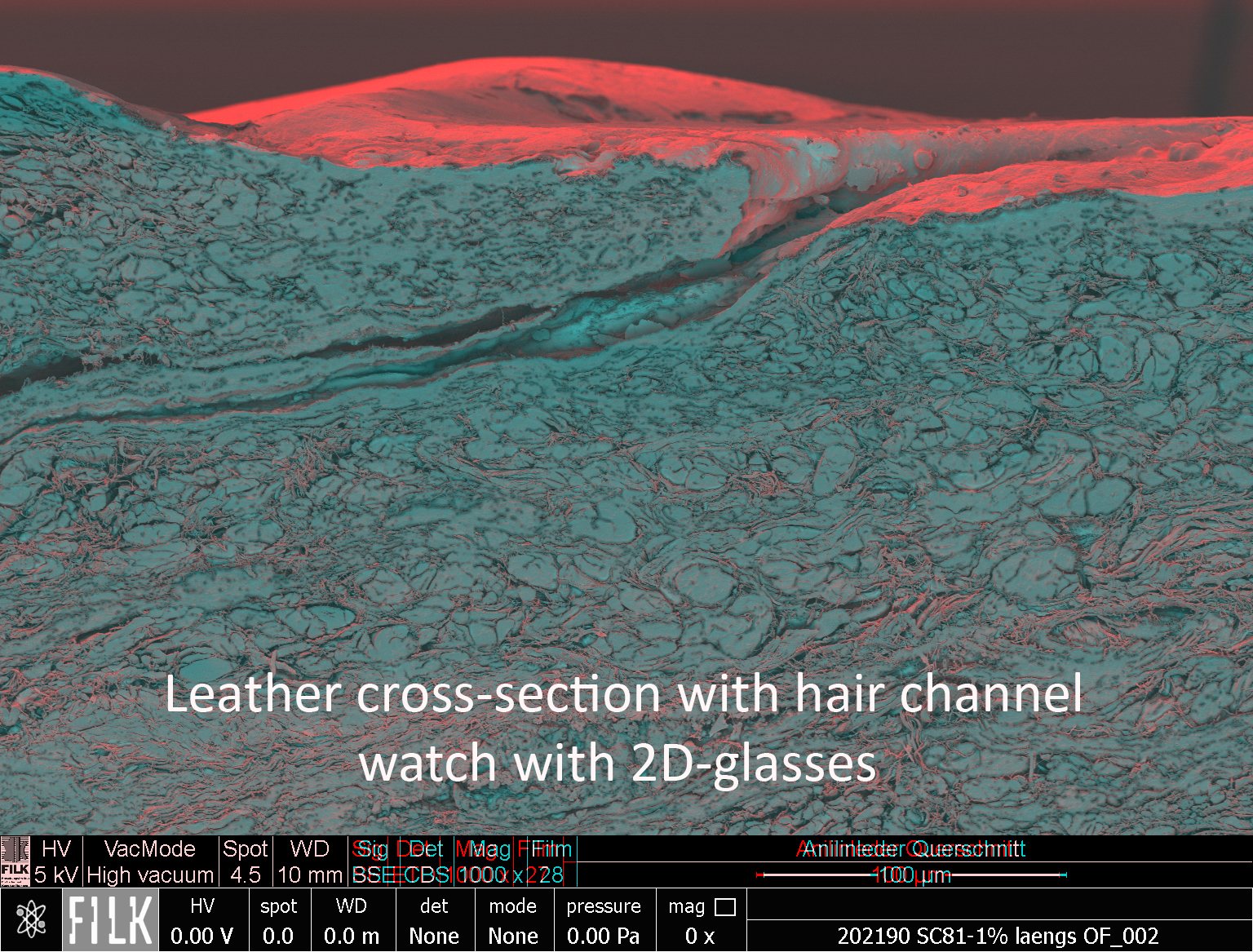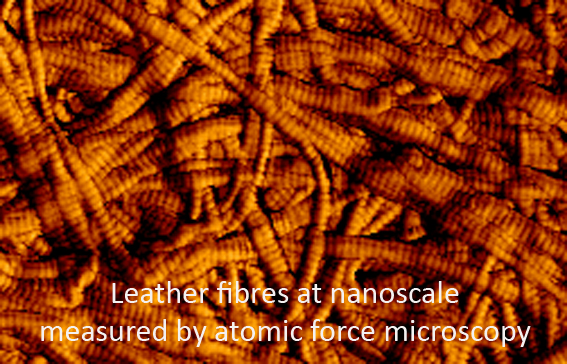International Union of Research Commission (IUR)
Statement of IUR mission
The optimum basis for a sustainable leather industry is a high performance leather article and a positive image of the leather making process. The development of a best practice technology, continuous improvement of the leather making process, and development of state-of-the-art eco-friendly chemicals are keys for success. These need to be supported by sound scientific processes and entrepreneurial innovation. It is the aim of the IUR to encourage global research projects and establish technology platforms to meet these requirements.
IUR Chairman
Dr. Volker Rabe
Young Leather Scientist Grants 2026
IULTCS Young Leather Scientist Grants (YLSG) 2026
Background
The International Union of Leather Technologists and Chemists Societies (IULTCS) fosters global collaboration and innovation in leather science. To actively support young researchers, the IUR Commission of the IULTCS has established the Young Leather Scientist Grants (YLSG). These prestigious awards recognize outstanding early-career research in three categories. Each winner receives a monetary prize and the opportunity to present their work at an upcoming IULTCS Congress.
Award Categories
1. Basic Leather Research
€1,500 (Sponsor: tbd)
o Collagen and leather-related research
o Development of analytical (chemical) methods
o Innovations in leather processing or novel leather chemicals
o Preservation of hides and skins
2. Prof. Mike Redwood Sustainability/Environmental Research
€1,000 (Sponsor: Leather Naturally)
o New environmental technologies (e.g., wastewater, solid waste, emissions)
o Sustainable tanning and leather processing
o Waste management strategies in tanneries
o Development of eco-friendly chemicals to reduce carbon and water footprints
3. Machinery & Digitalization Solutions
€1,000 (Sponsor: Italprogetti)
o Development of new leather processing machinery
o Process efficiency and optimization
o Digitalization or automation in the leather industry
o Equipment for analytical or quality control applications
Eligibility Criteria
· Must be under 35 years at the time of submission
· Student or early-career researcher at a university or leather school
· An academic advisor is required
· Research must be unpublished at the time of submission (Later publications must acknowledge IULTCS support)
Application Requirements
Applications must be submitted as a single PDF file and include:
1. Completed Application Form
2. Research Project Description (max. 3 pages): Title, Introduction, Objectives, Methods, Expected Results, Industry Benefits, References
3. Applicant’s CV (1 page)
4. Advisor’s CV (1 page)
5. Letter of Recommendation from the advisor (1 page)
Incomplete or late applications will not be considered.
Submit applications to: Dr. Volker Rabe volker.rabe@tfl.com
Selection Criteria
· Clarity and relevance of objectives
· Scientific methodology
· Innovation and originality
· Impact on the leather industry
· Qualifications of applicant and advisor
Winners will be selected by an international panel of leather science experts.
Timeline
· September 1, 2025 – Call for Applications Opens
· November 30, 2025 – Submission Deadline (no extensions)
· January 30, 2026 – Winners Announced
· February 15, 2026 – Award Payment and Certificates
Final Report
Each winner must submit a final project report by February 28, 2027. Reports, along with the advisor’s evaluation, will be published on the IULTCS/IUR website.
IUR Young Leather Scientist Award - Winners
| YLSG Year | Award | Nominated | Research Proposal | Final Report |
| 2025 | Basic Research | Mr. Zoheb Akhter |
Alkaline Hydrolysis of Zeolite and Chrome Shavings: Investigating the fate of their hydrolysate and Undigested Materials
|
|
| 2025 | Environmental/Sustainability | Dr. Yudan Yi |
A cationic amphiphilic acrylic copolymer for metal-free eco-leather production: Integration of retanning and fatliquoring |
|
| 2023 | Basic Research | Ilaria Quaratesi | Ultrasound-assisted synthesis of β-cyclodextrin/hydroxyapatite composites as a green and safe additive for enhancing leather properties | Journal of Molecular Structure 2025 |
| 2023 | Machinery | Vasanth Swaminathan | Machine learning hyperparameters optimization of control strategies for emission reduction in sustainable leather cutting using semiconductor laser diode | Download |
| 2022 | Basic Research | Fitsum Etefa Ahmed | Studying anti-ectoparasitic activity of medicinal plant extracts in terms of reducing cockle damage on sheep and goat skin | |
| Download | ||||
| 2022 | Environmental/Sustainability | Louret Atsenga Andalo | Extraction of natural dye (batalain) from beetroot peels (Beta Vulgaris) and application in Leather dyeing using bio-mordant | |
| Download | ||||
| 2021 | Environmental/Sustainability | Caroline Borges Agustini | Hydrocarbons release during the biodegradation of solid waste from tanneries for biogas production. | Download |
| Download | Download Additional Project Review | |||
| 2021 | Basic Research | Hon Wei Ng | Study on molecular level collagen structure changes of enzymatic depilation using XRay Scattering | Download |
| Download | ||||
| 2020 | Basic Research | Dr. Megha Mehta | Investigating the structural differences of hides, skins and leather throughout the different processing stages. | Download |
| Download | ||||
| 2020 | Machinery | Dr. Nilay Ork Efendioglu | Determining leather properties required for 3d simulation programs and obtaining realistic visualizations. | Download |
| Download | ||||
| 2020 | Environmental/Sustainability | Dr. Wenkai Zhang | Fate of biocides used in leather industry and their environmental impact. | Download |
| Download | ||||
| 2019 | Basic Research | Ms. Catherine A. Maidment | Investigating the proteomic profiles of cattle hide resulting in loose and tight leather throughout early processing stages | Download |
| Download | ||||
| 2019 | Environmental/Sustainability | Md. Shahruk Nur-A-Tomal | Recycling tannery solid wastes and post-consumer leather products as an alternative carbon resource for steelmaking: an environmentally sustainable approach | Download |
| Download | ||||
| 2018 | Basic Research | Mr. Yi Zhang | What makes leather stronger? A mechanistic study on the effect of natural/artificial cross-links on tensile strength using small-angle neutron scattering (SANS) | Download |
| Download | ||||
| 2017 | Basic Research | Mr. Santiago Ortiz-Monsalve | Treatment of tannery dye-containing effluents using native fungal strains | Download |
| Download | ||||
| 2016 | Basic Research | Md. Shahruk Nur-A-Tomal | A novel method to preserve goat skin with indigenous plant extract to reduce chloride load in the effluent | Download |
| Download | ||||
| 2015 | Basic Research | Dr. Yunhang Zeng | Investigation of Mass Transfer and Action Mechanism of Enzymes in Unhairing and Bating Processes using Fluorescence Tracing | Download |
| Download |
Global Leather R&D Organizations
Please click to choose between the Spreadsheet view or the Interactive Map to obtain the information.
We appreciate your help with additions and corrections.

